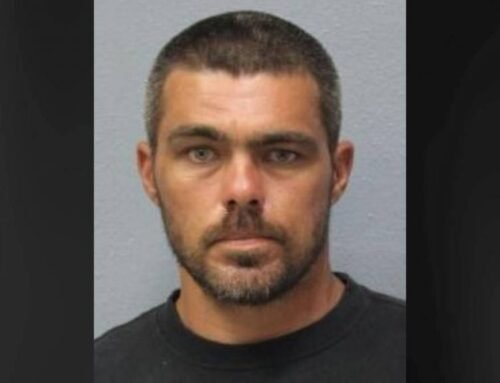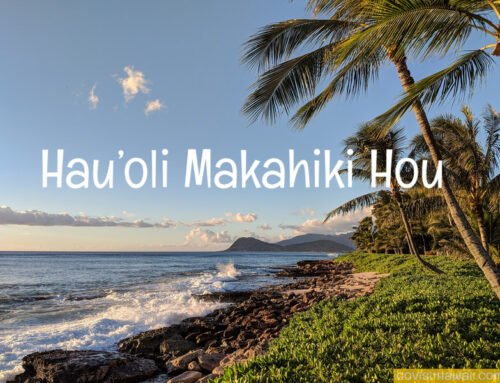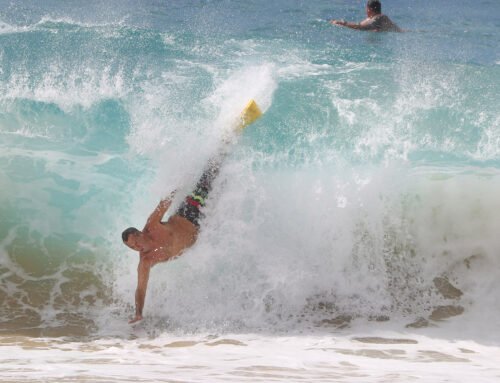The news that Hawaii will soon get its 51st state park on Oahu may not have soared to the top of your news feed this week. Or maybe it did and you scrolled past.
Maybe you’re not one of the hundreds of people who descend on the Kaiwi Coast Scenic Shoreline every day, hiking the popular trail to the historic Makapuu Lighthouse or fishing off Alan Davis Beach.
Maybe you don’t drive along Kalanianaole Highway through this rugged area, enjoying unobstructed ocean views, maybe seeing a whale breaching offshore during the winter. Maybe you don’t live in Hawaii Kai or Kalama Valley.
So maybe you don’t think this affects you. But this new designation is actually precedent-setting — and it will undoubtedly affect the way this and potentially other open spaces in Hawaii are managed and protected in the future.
Once the Board of Land and Natural Resources approves Senate Bill 1254, now Act 235, about 340 acres within the Kaiwi Coast will become a state park, falling under the jurisdiction of the state Department of Land and Natural Resources’ Division of State Parks.
This will allow the state to secure more resources and manage this area with the same rules and enforcement as it does other state parks. It will also help the state steward the natural resources along the coastline, which is home to the native ilima shrub and naio (false sandalwood) tree and the endangered and endemic shrub puukaa.
The designation would also allow the state to implement a day-use reservation system like Hanauma Bay Nature Preserve and Diamond Head State Monument to help manage visitor impact, maintain facilities and hire staff. (That’s not in the plans right now, but this change allows for the possibility.)
Really, not much changes, at least not to us, not right now. So what’s the big deal?

There’s a sentence in the bill that reads: “Land in the Kaiwi coast state park shall be preserved in perpetuity primarily in its wild and natural state.”
That means, moving forward, this land will remain “wild and natural,” something that has never been applied to any state park, said Sen. Chris Lee, who introduced the bill.
“This was something the community was really pushing for because there’s been a lot of distrust over the years with the state government,” he said. “While DLNR has been great about managing this area the way they have, you could have a new governor, a new DLNR director and all that could change in a heartbeat. There’s no guarantees for anything. But having this language in the law now guarantees this whole area will be protected in its wild and natural state in perpetuity. That’s precedent-setting.”
In addition, the law makes it easier for adjacent lands to be added to the state park.
Right now there are a handful of groups that own land here, from Kamehameha Schools to the Department of Hawaiian Home Lands. In 2017 the Trust for Public Land conveyed two parcels totalling 182 acres of this coastline to the community through the nonprofit Livable Hawaii Kai Hui, which now owns and stewards the land, stopping the area from being developed into a resort, luxury residential subdivision or vacation cabin rentals.
Instead of going through the arduous process of rezoning or getting conservation easements, Lee said,
the law essentially makes it easier for the transfer of adjacent lands to the state and receive the same protections under this law.
“It’s not only setting this up for today but for the years to come,” he explained. “Now it’s a much faster and easier process to preserve this whole chunk of the island in perpetuity.”

This win was a long time coming for community activists and environmental groups who have been pushing for decades to save this coastline from development. Grassroots efforts on the part of Save Sandy Beach and the Ka Iwi Coalition helped save hundreds of acres from development starting in the late 1980s.
More recently, in 2021, community members, along with the Oahu chapters of the Sierra Club and Surfrider Foundation, got the city and state to install boulders to block illegal off-roaders at Wawamalu Beach — between Sandy and Kaloko beaches — to protect the marine habitat and endangered Hawaiian monk seals that often rest there.
“This is a really good thing,” said Reese Liggett, a retired Air Force pilot and commercial real estate agent who has been fighting to preserve this area for 20 years.
As a life member of the Sierra Club, he leads conservation projects at Wawamalu Beach, where volunteers remove koa haole and restore native vegetation.
“It’s wild and it’s natural,” he said, adding that he’s “really hopeful” it will stay that way.
There’s really no big money in conservation, not compared to selling the land to a developer with plans to build a luxe resort or gated subdivision along this wild coastline.
It’s a difficult argument to win — just ask the folks at the Trust for Public Land whose job is to convince landowners to sell their property at a cheaper, albeit fair-market price just to conserve it, often for the general public to enjoy it for free.
We all need access to more green and open spaces. Even the state knows this.
In 2014 the state launched the Aloha+ Challenge, a public-private project that identified priority goals, which included measuring square feet of state park per capita through 2030. Its report says, “access to and distribution of open, public spaces can contribute to community well-being, connection, and resident satisfaction.”
Maybe this designation — to keep Kaiwi “preserved in perpetuity primarily in its wild and natural state” — can be applied to other wild and natural areas in Hawaii, places heavily impacted by visitors, places sacred to Native Hawaiians, places that are important habitats for native plants and animals, places with just enough ocean views for a lucrative development project.
Because what we don’t need are more luxury resorts or multimillion-dollar homes at the expense of the natural and cultural resources that make Hawaii so special.







Leave A Comment